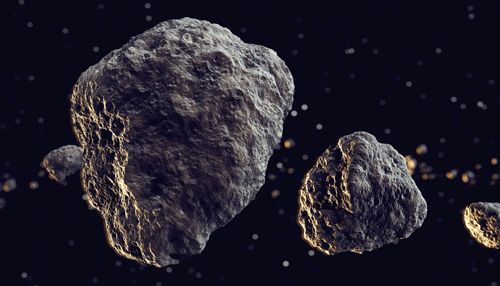Asteroid miner Planetary Resources has wrapped up its Arkyd-6 spacecraft, the company’s second technology for celestial body-watching tests, and said the mini spaceship has finally started its trip to an Indian launch pad.
The Redmond, Washington-based developer has been working in light of its Arkyd-6 imaging satellite for a significantly long time with the target of working up a tool capable of passing on affordable, on-task intelligence of natural resources at close Earth asteroids.
Planetary Resources’ new spacecraft of this kind—tthe Arkyd3 Reflight (A3R)—was launched from the International Space Station in early 2015 to load up the SpaceX Falcon 9.
The Arkyd-6 is twice as huge and is required to give Earth imagery in the mid-wave infrared cut of the electromagnetic range. It contains a focus advancement that will be used as a piece of the company’s asteroid exploration program, comprising a mid-wave infrared sensor, second-generation avionics, power systems, communications, and attitude determination and control systems.
Many consider asteroid mining a first and key advance to the eventual colonization of outer space, something like California’s Gold Rush, but not on this planet.
Around 9,000 asteroids are greater than 36 meters (150 feet) in separate crosswise circles close to Earth. Geologists believe they are loaded down with iron ore, nickel, and other important metals at altogether higher concentrations than those found on Earth, making up a market regarded in the trillions of dollars.
Planetary Resources needs to mine asteroids in the 2020s. In the weeks leading up to the Arkyd-6 dispatch date, the company has ensured to share frequent updates on the ship, its primary objective, and the team who built it.



